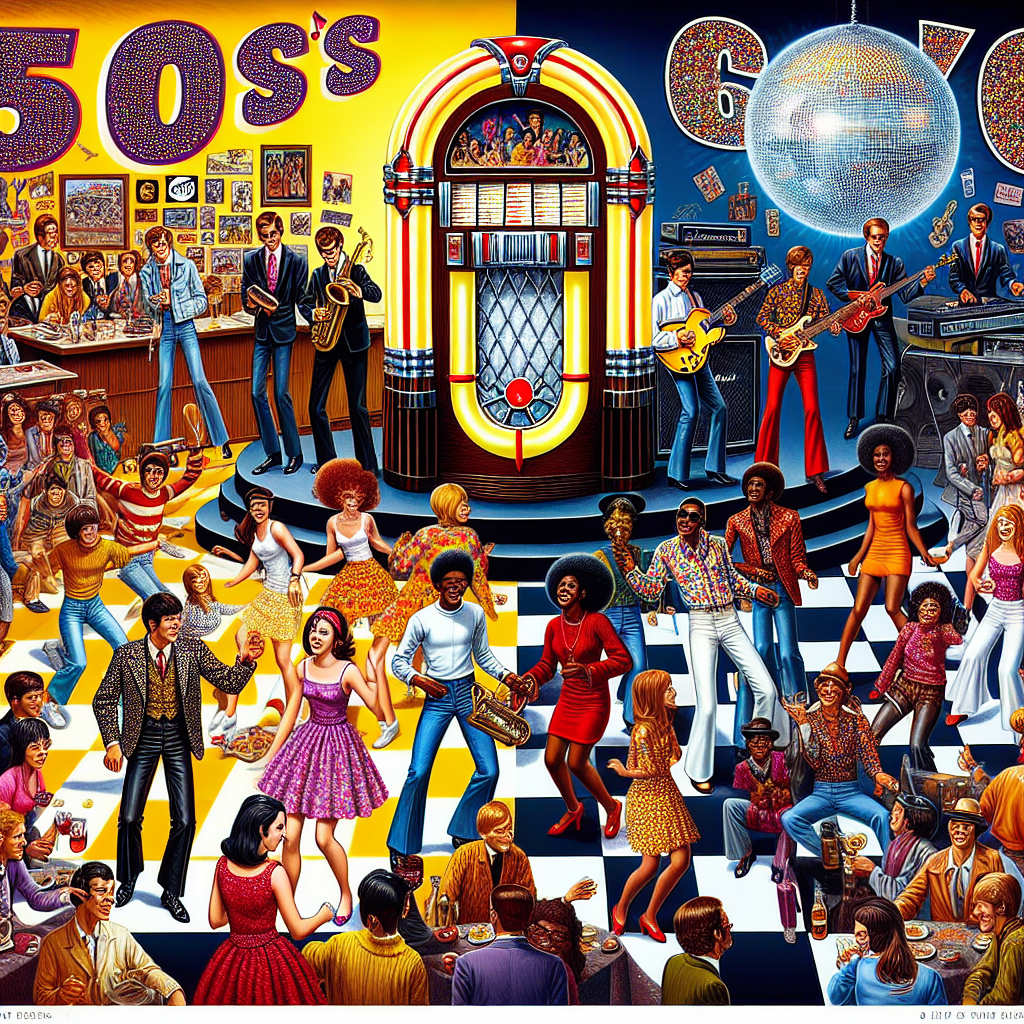Woodstock. Just saying the name brings to mind images of peace, love, and music. The iconic music festival that took place in 1969 defined a generation and set the tone for the cultural revolution of the 1970s. Let’s take a look back at this historic event and how it shaped the music, culture, fashion, and technology of the time.
One of the most memorable aspects of Woodstock was, of course, the music. The lineup featured some of the biggest names in rock and folk music at the time, including Jimi Hendrix, Janis Joplin, The Who, and Crosby, Stills, Nash & Young. These artists brought their unique sounds and messages to a crowd of over 400,000 people who had gathered in upstate New York for three days of peace and music.
The music at Woodstock reflected the countercultural movement that was taking place in America during the late 1960s and early 1970s. Artists were using their platform to speak out against war, racism, and social injustice. Their songs became anthems for a generation that was seeking change and looking for a better world.
Woodstock also had a profound impact on American culture as a whole. Politicians took notice of the power that young people had when they came together for a common cause. The festival showed that there was strength in unity and that change could be achieved through peaceful means.
On top of its political implications, Woodstock also influenced fashion trends of the time. The bohemian style that was popularized at the festival – think fringe vests, tie-dye shirts, bell-bottom jeans – became synonymous with the hippie movement. People were embracing natural fabrics and earthy colors as a rejection of mainstream consumerism.
But perhaps one of the most lasting legacies of Woodstock was its impact on technology. The festival was one of the first events to be broadcast live on television around the world. This marked a turning point in how people consumed media and connected with each other across great distances.
Looking back on Woodstock now, it’s clear that this event was more than just a music festival – it was a cultural touchstone that defined an era. It brought people together from all walks of life to celebrate peace, love, and harmony through music.
As we continue to navigate our own turbulent times today, let’s remember what Woodstock stood for: unity in diversity, hope for a better future, and above all else – good vibes all around.


Get involved!
Comments